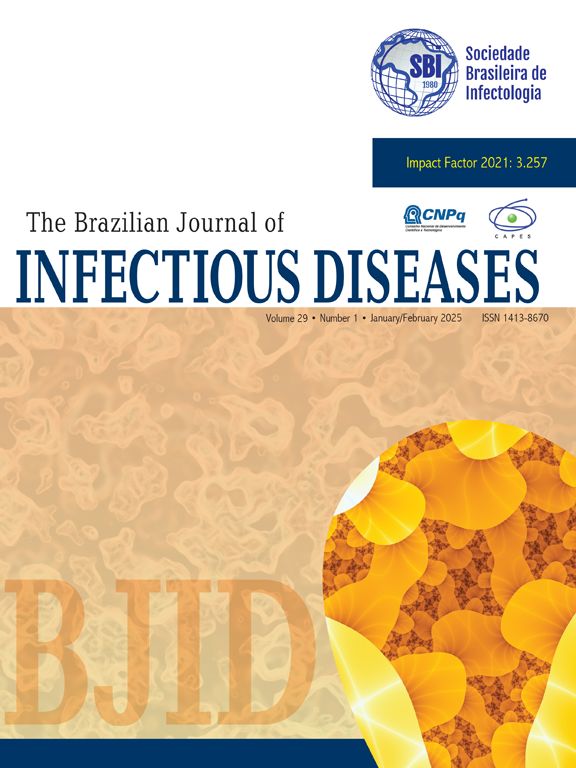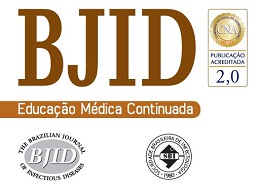Natural killer cells can be divided into five subpopulations based on the relative expression of CD16 and CD56 markers. The majority of natural killer cells are CD56dim, which are considered to be the main cytotoxic effectors. A minority of the natural killer cells are CD56bright, and function as an important source of immune-regulatory cytokines. Shifts of these subsets have been reported in patients with chronic hepatitis C virus infection. We sought to investigate the shift of natural killer subsets among Egyptian patients with chronic HCV and to analyze the influence of interferon therapy on this shift. We applied a flow cytometric analysis of peripheral blood natural killer subsets for 12 interferon-untreated and 12 interferon-treated patients with chronic HCV, in comparison to 10 control subjects. Among interferon-untreated patients, there was a significant reduction of CD56-16+ (immature natural killer) cells. Among interferon-treated patients, the absolute count of natural killer cells was reduced, with expansion of the CD56bright subset and reduction of the CD56dim16+ subset. Natural killer subset counts were not significantly correlated to HCV viral load and were not significantly different among interferon responders and non-responders. In conclusion, HCV infection in Egyptian patients has been observed to be statistically and significantly associated with reduction of the CD56-16+NK subset, while a statistically significant expansion of CD56bright and reduction of CD56dim16+ subsets were observed after interferon therapy. Further studies are required to delineate the molecular basis of interferon-induced shift of natural killer subsets among patients with HCV.
The Impact Factor measures the average number of citations received in a particular year by papers published in the journal during the two preceding years.
© Clarivate Analytics, Journal Citation Reports 2025
SRJ is a prestige metric based on the idea that not all citations are the same. SJR uses a similar algorithm as the Google page rank; it provides a quantitative and qualitative measure of the journal's impact.
See moreSNIP measures contextual citation impact by wighting citations based on the total number of citations in a subject field.
See more



